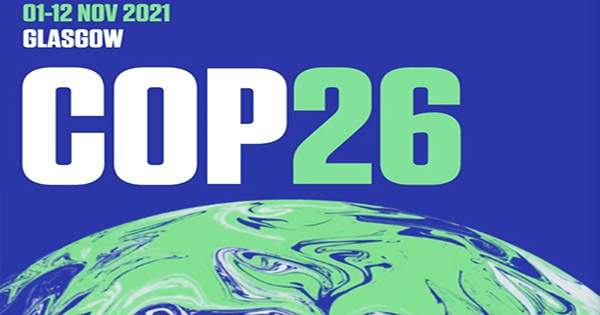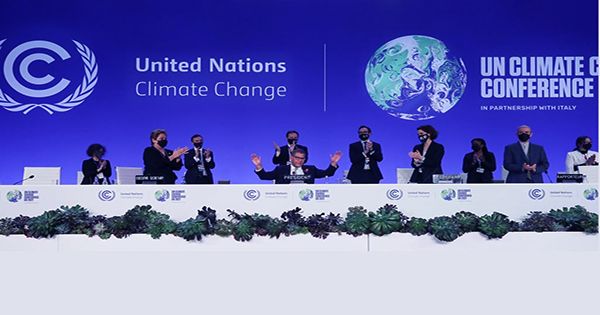The COP26 climate negotiations are presently taking place in Glasgow with the goal of resolving the global climate issue, but fresh calculations show that the promises and statements made thus far are insufficient. Climate Action Tracker (CAT) has published an analysis of the country promises made so far at COP26, comparing them to those made last year.
The key result is that promises made by the 2030 deadline alone (without longer-term objectives) are “completely insufficient” and will put the world on track to warm by 2.4°C (4.32°F) by the end of the century. According to the latest study, Earth’s global temperature might climb by 2.7°C (4.86°F) by 2100 based on what countries are really doing, not what they propose.
To put things in perspective, the ideal goal is to keep global warming below 1.5°C (2.7°F). Any increase in temperature of more than 2°C (3.6°F) will result in a catastrophic increase in climate change consequences. In a statement, Jennifer Morgan, Executive Director of Greenpeace International, stated, “This new computation is like a telescope aimed on an asteroid hurtling towards Earth.”

“It’s a dreadful study that, in any normal society, would prompt governments in Glasgow to put their differences aside and work tirelessly to reach an agreement to save our shared future.”
Instead, we are witnessing powerful people engage in subversion, sabotage, and greed, while weak nations battle for survival and youth activists demand justice. “Where is the empathy?” you might wonder.
She said, “We have till the weekend to turn this thing around.” The UN produced research just before COP26 that concluded that the 2030 promises would result in a 2.7°C (4.8°F) increase in world temperatures by 2100. While there has been some movement in the last week or two, world leaders continue to fall short of what is required to avoid catastrophic climate change.
When it comes to long-term goals, there is not enough certainty. Beyond the 2030 objectives, more than 140 governments throughout the world have committed to net zero emissions by 2050, encompassing 90% of global emissions. However, it is unclear how the majority of countries will do this.
According to the CAT research, just a small percentage of these nations have realistic policies in place to attain net-zero emissions. Despite the fact that the complete execution of these promises might lower global warming by 1.8°C by 2100, they argue that this is foolish given the absence of measures in place.
On November 12, COP26 will end, leaving delegates with little time to make good on their commitments by narrowing the massive gap between their existing policies and their net-zero targets. Not everyone is confident that this can be accomplished in the next several days.
In a statement, Bill Hare, CEO of Climate Analytics, a CAT partner company, stated, “The great majority of 2030 actions and objectives are inconsistent with net-zero aspirations: there’s a roughly one-degree difference between government present policies and their net-zero ambitions.” “Today’s leaders must take responsibility for the enormous 2030 gap.” The 1.5°C limits may easily be missed if we wait another five years and only debate 2035 pledges,” said Professor Niklas Höhne of the NewClimate Institute, another CAT partner organization.















